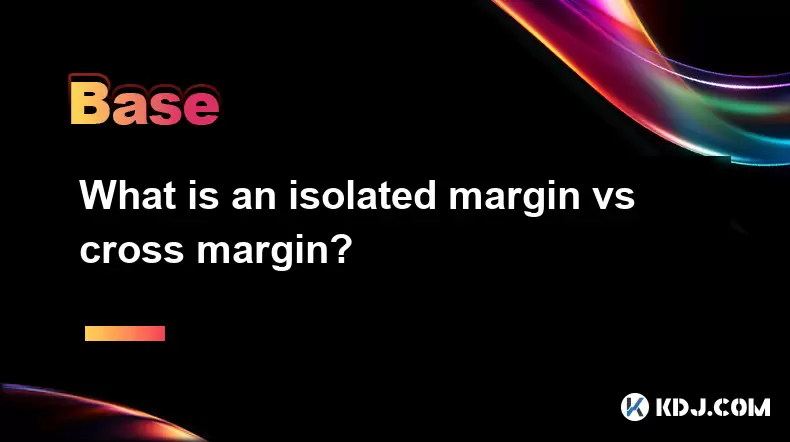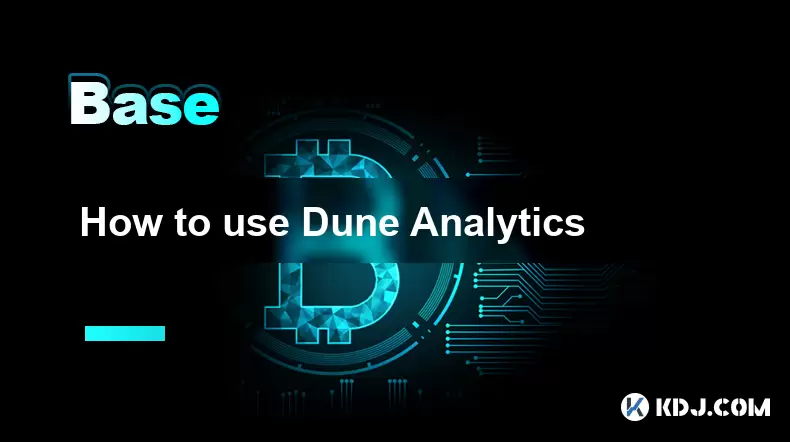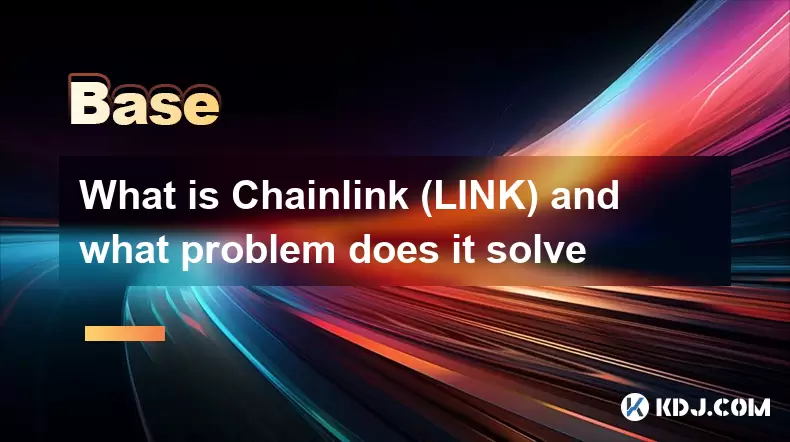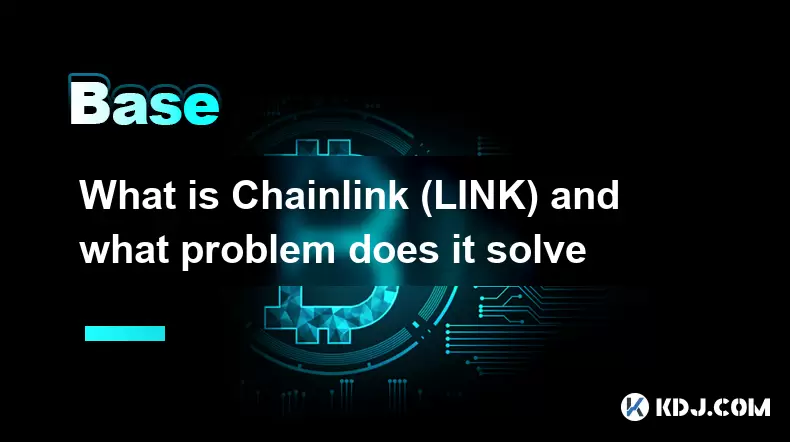-
 Bitcoin
Bitcoin $117,576.6195
-0.21% -
 Ethereum
Ethereum $2,938.5668
-1.35% -
 XRP
XRP $2.7699
4.60% -
 Tether USDt
Tether USDt $1.0003
0.01% -
 BNB
BNB $688.1624
-0.01% -
 Solana
Solana $160.5113
-1.95% -
 USDC
USDC $0.9999
0.01% -
 Dogecoin
Dogecoin $0.1976
-0.70% -
 TRON
TRON $0.3008
1.54% -
 Cardano
Cardano $0.7159
-2.16% -
 Hyperliquid
Hyperliquid $46.2240
2.04% -
 Stellar
Stellar $0.3966
22.03% -
 Sui
Sui $3.3928
-3.11% -
 Chainlink
Chainlink $15.1204
-2.43% -
 Bitcoin Cash
Bitcoin Cash $515.1741
-1.19% -
 Avalanche
Avalanche $20.8130
-0.90% -
 Hedera
Hedera $0.2001
-2.12% -
 UNUS SED LEO
UNUS SED LEO $9.0522
0.72% -
 Shiba Inu
Shiba Inu $0.0...01316
-2.01% -
 Toncoin
Toncoin $2.9843
0.61% -
 Litecoin
Litecoin $92.6745
-2.71% -
 Polkadot
Polkadot $3.9483
-0.06% -
 Monero
Monero $328.5347
1.10% -
 Dai
Dai $0.9998
0.01% -
 Ethena USDe
Ethena USDe $1.0006
-0.01% -
 Uniswap
Uniswap $8.3739
-6.50% -
 Bitget Token
Bitget Token $4.4241
-1.99% -
 Pepe
Pepe $0.0...01222
-3.96% -
 Aave
Aave $300.5203
-3.61% -
 Bittensor
Bittensor $382.2607
-1.92%
What is an isolated margin vs cross margin?
Margin trading in crypto lets traders borrow funds to boost buying power, with isolated margin limiting risk per trade and cross margin using the entire account balance to support positions.
Jul 08, 2025 at 09:08 am

Understanding Margin Trading in Cryptocurrency
In the world of cryptocurrency trading, margin trading allows traders to borrow funds from a broker or exchange to increase their buying power. This enables them to open larger positions than their account balance would normally allow. Two primary types of margin systems are used in crypto exchanges: isolated margin and cross margin. Understanding the difference between these two is crucial for managing risk and maximizing returns.
What Is Isolated Margin?
Isolated margin refers to a system where each trade uses a specific, fixed amount of margin allocated independently. This means that if you open multiple trades, each has its own separate margin balance tied only to that particular position. The main benefit of this approach is risk containment, as losses on one trade won't affect other open positions.
- Each trade has its own dedicated collateral.
- Liquidation risk is limited to the margin assigned to that specific trade.
- Ideal for traders who want to manage individual positions with precision.
This setup provides granular control over leverage and liquidation levels per trade, making it suitable for experienced traders who prefer compartmentalized risk management.
How Does Cross Margin Work?
Cross margin operates differently by using the entire account balance as shared collateral across all open positions. When a trader opens multiple trades under cross margin, the system automatically allocates available equity to prevent liquidations. This can be advantageous during volatile market conditions.
- All available funds in the account serve as collateral.
- Helps avoid early liquidation by utilizing excess equity.
- Suitable for traders who want flexibility in fund allocation.
While cross margin reduces the chance of liquidation, it also increases the potential risk of losing a significant portion of the account balance if multiple trades go against the trader simultaneously.
Comparing Risk Exposure in Isolated vs Cross Margin
Risk exposure varies significantly between isolated and cross margin setups. With isolated margin, the maximum loss per trade is capped at the allocated margin amount. If the trade goes south, only that specific position gets liquidated, leaving the rest of the account untouched.
Conversely, cross margin exposes the entire account equity to all trades. While this helps keep positions open longer, it also means that severe market moves can lead to substantial losses across the board. Traders must weigh their risk tolerance carefully when choosing between these models.
- Isolated margin limits downside to individual trades.
- Cross margin spreads risk across the portfolio.
- Each method suits different trading strategies and psychological profiles.
Understanding how each model handles liquidation scenarios is key to selecting the right margin type.
Liquidation Mechanisms Explained
Liquidation occurs when the value of a leveraged position drops below the required maintenance margin level. In isolated margin, liquidation affects only the specific trade's allocated funds. The rest of the account remains unaffected, preserving capital for future opportunities.
Under cross margin, the system uses the total account equity to support open positions. If one trade nears liquidation, the platform pulls funds from the overall balance to keep it active. However, once the total equity dips below the maintenance threshold, full liquidation becomes possible.
- Isolated margin ensures single-trade liquidation.
- Cross margin delays liquidation but increases systemic risk.
- Traders should monitor maintenance margin requirements closely.
The liquidation process plays a critical role in determining which margin strategy aligns better with a trader’s goals and risk appetite.
Choosing Between Isolated and Cross Margin
Selecting the appropriate margin mode depends on several factors including trading style, experience level, and risk preference. Day traders who frequently open and close positions may prefer isolated margin for better control and separation of trades. Long-term investors or those comfortable with portfolio-wide risk might lean toward cross margin for its flexibility.
- Assess your trading frequency and position size.
- Evaluate your ability to monitor open trades actively.
- Consider your emotional response to partial or total liquidation.
Many platforms allow switching between margin modes, giving traders the freedom to adapt based on changing market conditions or personal preferences.
Frequently Asked Questions (FAQ)
Can I switch between isolated and cross margin while holding open positions?
Yes, most exchanges allow switching between margin modes even with active trades. However, doing so may impact liquidation levels and risk exposure. Always review your positions after making a change.
Does cross margin always protect my trades from liquidation?
No, cross margin does not guarantee protection. It uses available equity to delay liquidation, but if total account equity falls below the required maintenance level, liquidation will occur.
Which margin mode is better for beginners?
Beginners often find cross margin more forgiving since it uses total equity to support trades. However, understanding both systems helps new traders make informed decisions as they gain experience.
Are there fees associated with using isolated or cross margin?
Exchanges typically charge funding fees for leveraged positions rather than for the margin mode itself. These fees depend on the borrowed amount and duration of the trade, not whether isolated or cross margin is used.
Disclaimer:info@kdj.com
The information provided is not trading advice. kdj.com does not assume any responsibility for any investments made based on the information provided in this article. Cryptocurrencies are highly volatile and it is highly recommended that you invest with caution after thorough research!
If you believe that the content used on this website infringes your copyright, please contact us immediately (info@kdj.com) and we will delete it promptly.
- Pi Network: Navigating KYC Delays and the Quest for Rewards
- 2025-07-12 20:50:12
- Bitcoin, Crypto & Bills: A New Yorker's Guide to Paying Up!
- 2025-07-12 20:30:12
- XRP, Solana, and the Altcoin Season Buzz: Are We There Yet?
- 2025-07-12 20:30:12
- Cracking the Code: Passive Income with Crypto & Altcoins in the 2025 Bull Run
- 2025-07-12 18:30:12
- Crypto Bull Run: Meme Coins Like Troller Cat Lead the Charge
- 2025-07-12 18:30:12
- Solana, Meme Coins, and Ethereum: A Bullish Crypto Cocktail?
- 2025-07-12 18:50:12
Related knowledge

What is the Bitcoin dominance index
Jul 11,2025 at 04:29am
What is the Bitcoin Dominance Index?The Bitcoin Dominance Index is a metric used to gauge Bitcoin's market capitalization relative to the total market...

Can crypto be a hedge against inflation
Jul 12,2025 at 12:07pm
Understanding the Role of Blockchain in Decentralized Finance (DeFi)Blockchain technology serves as the backbone of decentralized finance, offering a ...

What is Nansen ai
Jul 11,2025 at 03:42am
What is Nansen AI?Nansen AI refers to the integration of artificial intelligence technologies into the Nansen platform, which is primarily known for i...

How to use Dune Analytics
Jul 11,2025 at 06:01pm
What Is Dune Analytics?Dune Analytics is a powerful open-source platform that enables users to query, analyze, and visualize blockchain data. It allow...

What is Chainlink (LINK) and what problem does it solve
Jul 11,2025 at 12:21pm
What is Chainlink (LINK)?Chainlink is a decentralized oracle network designed to connect smart contracts with real-world data and external systems. Sm...

What is Chainlink (LINK) and what problem does it solve
Jul 11,2025 at 03:50pm
Understanding Chainlink (LINK)Chainlink is a decentralized oracle network that enables smart contracts on blockchain platforms to securely connect wit...

What is the Bitcoin dominance index
Jul 11,2025 at 04:29am
What is the Bitcoin Dominance Index?The Bitcoin Dominance Index is a metric used to gauge Bitcoin's market capitalization relative to the total market...

Can crypto be a hedge against inflation
Jul 12,2025 at 12:07pm
Understanding the Role of Blockchain in Decentralized Finance (DeFi)Blockchain technology serves as the backbone of decentralized finance, offering a ...

What is Nansen ai
Jul 11,2025 at 03:42am
What is Nansen AI?Nansen AI refers to the integration of artificial intelligence technologies into the Nansen platform, which is primarily known for i...

How to use Dune Analytics
Jul 11,2025 at 06:01pm
What Is Dune Analytics?Dune Analytics is a powerful open-source platform that enables users to query, analyze, and visualize blockchain data. It allow...

What is Chainlink (LINK) and what problem does it solve
Jul 11,2025 at 12:21pm
What is Chainlink (LINK)?Chainlink is a decentralized oracle network designed to connect smart contracts with real-world data and external systems. Sm...

What is Chainlink (LINK) and what problem does it solve
Jul 11,2025 at 03:50pm
Understanding Chainlink (LINK)Chainlink is a decentralized oracle network that enables smart contracts on blockchain platforms to securely connect wit...
See all articles
























































































